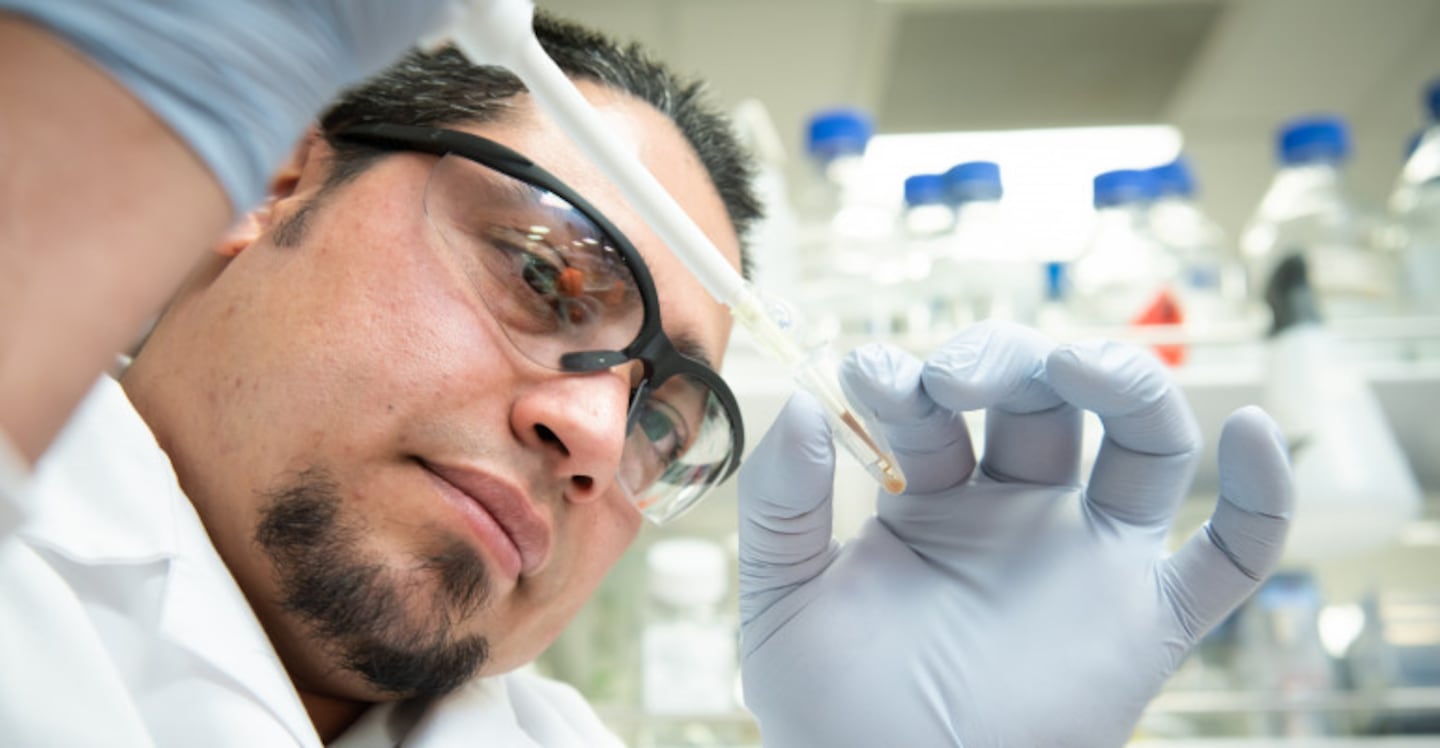An easy-to-use biosensor that can detect damaging toxins in seafood is expected to change the aquaculture industry. The man behind it all is Dr Balam Jimenez, a researcher at Te Herenga Waka—Victoria University in Wellington, and it was his Whakatōhea-Mexican daughter Hinemoana that gave him the inspiration.
“When my daughter was a year old, we were planning to get some pipi so she could try them. But she couldn’t because there was an E-coli outbreak.
I realized that a lot of the seafood that I grew up with on the coast of Mexico is not accessible ... and that’s because there are toxins and waste contaminants.”
When Jimenez saw similar closures and shellfish bans appearing in New Zealand, he wanted to do something about it.
He has now developed on research using short single strands of synthetic DNA and RNA (or nucleic acids) that bind to a specific target - in this case, small amounts of toxin.
It forms the basis for technology that will be used to develop a toxin monitoring tool for iwi, communities and industry said Jimenez.

Seafood contaminated with toxins from harmful algal blooms or paralytic shellfish poisoning (PSP), costs the global aquaculture industry approximately $8 billion annually.
The tool will enable point-of-care testing that will be widely accessible.
“On the ground people are still dying because they’re having issues with the toxins, people are getting hospitalized. So that is where my heart is.
We are the environment and if the environment is healthy, our food is healthy, our community is healthy, and that’s what we want to bring,” Jimenez said.
The toxin monitoring tool is currently being calibrated and trialled for the aquaculture industry. A prototype is expected to be available in July.


